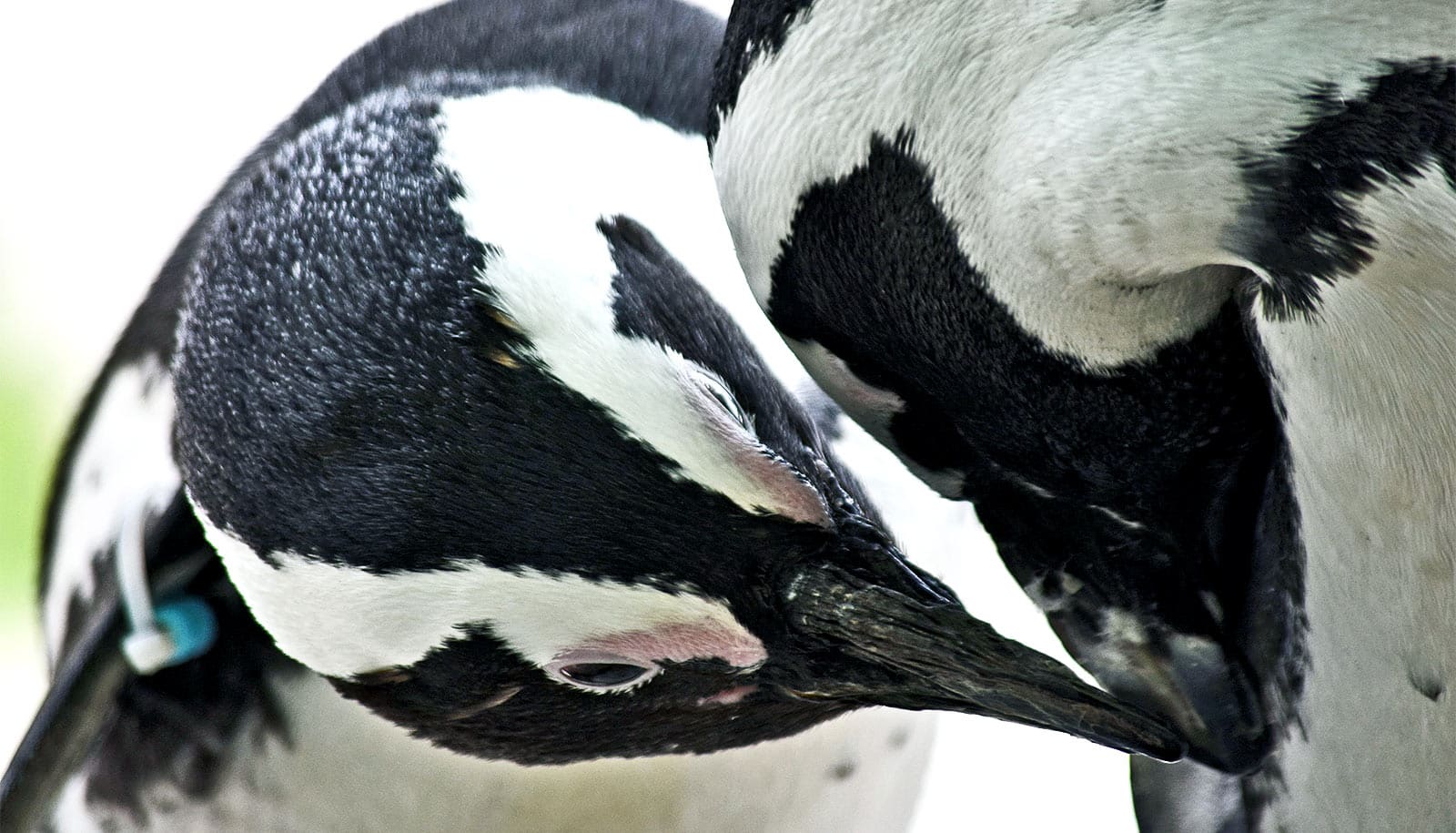King penguins in Antarctica emit so much nitrous oxide, aka “laughing gas,” in their feces that researchers felt strange from being around it.
More than 1,600 kilometers east of the Drake Passage between South America and Antarctica lies the Atlantic island of South Georgia. There, king penguins live in huge colonies. They spend their days chomping on krill, squid, and fish, feeding their chicks, and producing “guano.”
And that guano releases tremendous amounts of what’s better known as laughing gas, according to the study in Science of the Total Environment, which involved laboratory analysis of soil and guano samples.
“Penguin guano produces significantly high levels of nitrous oxide around their colonies. The maximum emissions are about 100 times higher than in a recently fertilized Danish field. It is truly intense—not least because nitrous oxide is 300 times more polluting than CO2,” explains Bo Elberling, professor in the University of Copenhagen’s department of geosciences and natural resource management.
Besides being a strain on the climate, the gas has an effect very similar to the sedative used in the dentist’s office, Elberling explains.
“After nosing about in guano for several hours, one goes completely cuckoo. One begins to feel ill and get a headache. The small nitrous oxide cylinders that you see lying in and floating around Copenhagen are no match for this heavy dose, which results from a combination of nitrous oxide with hydrogen sulphide and other gases.”
Penguins’ favorite foods are fish and krill, both of which contain large amounts of nitrogen absorbed from phytoplankton in the ocean. Their feces then release nitrogen into the ground. Soil bacteria then convert the substance into nitrous oxide, a greenhouse gas.
“It is clear to us that the level of nitrous oxide is very high in places where there are penguins—and thereby guano—and vice versa, lower in places where there is none,” explains Elberling.
“While nitrous oxide emissions in this case are not enough to impact Earth’s overall energy budget, our findings contribute to new knowledge about how penguin colonies affect the environment around them, which is interesting because colonies are generally becoming more and more widespread,” says Elberling.
“We should learn from this in relation to Danish agriculture, where large quantities of nitrous oxide are emitted by nitrogen fertilizers in fields. One of the things we can learn, for example, is how and when to fertilize vis-à-vis the optimal conditions for soil bacteria to produce nitrous oxide.”
Coauthors are from the University of Copenhagen and Nanjing University in China.
Source: University of Copenhagen


